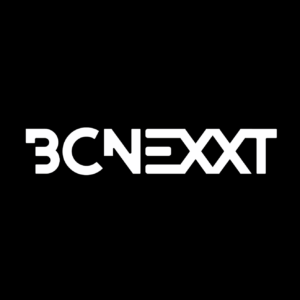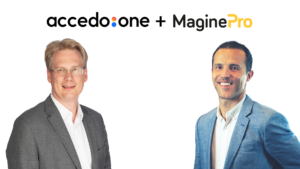Cloud-based asset management, post production and distribution are now the norm in the media and entertainment (M&E) industry. If you want to stay competitive, you need more than a technical partner who simply recognizes your business demands. You need a partner who inherently understands how cloud-native architecture provides unique benefits and possibilities that can keep your company ahead of the curve.
Ateliere is this partner for A+E Networks Europe, according to Jan-Hendrik Hein, VP of Media Operations at A+E Networks, EMEA. Ateliere has risen to meet the needs of the M&E industry with their cloud-native solutions. In Hein’s experience, these solutions fit in directly with where A+E is headed, and can help bring others up to speed on the need-to-knows of the cloud-native media supply chain.

There’s a need for factory level automation
Ateliere inherently understands what M&E users like A+E Networks need within their media workflows. This is particularly apparent when it comes to the careful analysis and design approach Ateliere takes to products and platforms before they ever launch to market. A good example is our no-code package templates.
“It’s made the onboarding process quicker. It was clear what was required on inputs from our side, and we didn’t have to worry about the workload on our own DevOps and engineering team in having to code,” Hein says.
It’s clear that Ateliere solutions don’t need to be designed and built from the ground up. This is what differentiates the Connect platform from the other products used by A+E.
He continues, “There’s an already-established set of tools that can quickly be deployed in our workflows. That then ultimately leads to quicker deployment, quicker time to market… there is a lot of trust in the solutions.”
Choose cloud native vs cloud hosted
Today, the best practice in the field is to utilize cloud native solutions born, developed, and used completely in the cloud, rather than in on-premise environments that have limited resources.
“I believe that if something is built cloud-native to start with, right from the design principles, it’s architected to make the best of the cloud infrastructure, ” Hein says. “If you take something that works on-prem and move it into the cloud, it will still work, but you’ve just moved the storage from your own data center into a bigger data center somewhere else. You’re not taking enough advantage of what the cloud can really offer you.”
And that doesn’t account for any integration or reprogramming issues that might come up – all of which will impose further costs and delays.
Watch trends in streaming and OTT
It’s already crucial to manage M&E workflows using systems and platforms that do so seamlessly, and it’s only going to get more important. The industry isn’t just expanding, it’s evolving – the OTT, streaming and direct to consumer markets are exploding in popularity, but they’re also fragmenting more all the time in a frenzy of launches and acquisitions.
From partner VOD and SVOD to FAST channels and DTC apps, there are different strategies applied throughout EMEA depending on the level of OTT development in any given territory.
“There are different consumer choices and habits and different technology maturity in the market,” Hein explains. “What might work well in Poland is not necessarily going to work well in Spain. So, we’re not afraid to try a few different things but we also review them and see what really works for us.”
Such rapid change will only continue as broadcasters and studios expand into new territories and markets, investing in platforms and figuring out what produces the best ROI in certain regions.

Be strategic about adopting cloud infrastructure
It’s easy to get caught up wanting the shiny new toy but the best way to adopt a cloud M&E platform is to take a step back and be very clear about why you’re doing it.
Ask yourself what you’ll get out of it. What’s the return potential for your business? Will it create efficiencies? Reduce code or the number of apps? Reduce risk?
“I have to ask myself, ‘What is the return here for the business? … That is really important because then I think the way that you go about designing and building your workflows and choosing your partners needs to be informed by that.” Hein explains.
In some cases, cloud native benefits, like loosely coupled integrations, will even dictate or guide vendor selection because not all potential partners will work the way your cloud architecture needs. It’s easy to go off track.
Hein concludes, “You need to constantly have [your requirements] on your radar as you go through the project, because otherwise you start drifting and building things that actually no longer address the challenges that you want to address and don’t adhere to the design principles. You end up risking building something that is inefficient, cumbersome, and difficult to support.”
Above all, it’s important to remember that there’s no momentous occasion of flicking a switch and suddenly becoming cloud native. It’s never as simple as completing a lift and shift operation, and there’s no single way to move a workflow from on-premise to the cloud, any more than there is a single M&E workflow model to follow. A good partner vendor like Ateliere will work with you to evaluate which pieces of the workflow fit into the cloud well and which of those make sense for your business.









